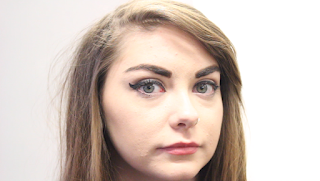Continuity Editing
Shot Reverse Shot
This is where one character is seen looking off another character, who is often off-screen at this point, and then this character is seen looking back at the first character. The audience can then assume that the characters are looking at one another, as the characters are facing opposite directions as if they were sat in front of each other.
180 Degree Rule
This is an essential rule to shooting/editing film and media, it keeps the camera on the side of the action. The rule states that the camera(s) should remain the same side of an imaginary line (which is perpendicular to the cameras viewpoint in the establishing shot) at all times. The rule should not be broken so as to not confuse the audience watching.
30 Degree Rule
This rule is used in filmmaking in order to create continuity between different shots within a large sequence of shots. Between each shot, the camera should be moved to a minimum of 25 -30 degrees to avoid jarring transitions or jump cuts.
Cross Cutting
Cross cutting is the process of cutting between different sets/scenes of action that can be occurring simultaneously, or even at different times. This editing techniques is often used to create suspense or tension or to show the relationship between the different scenes.
Match on Action
This is where the editor cuts from one shot to another which matches the action in the first shot. It gives the impression of continuous time, although the two shots may have been filmed hours apart.
Temporal Overlap
This is when an action or shot is repeated from a different angle to put emphasis on the content of the shot. This is a common technique used in action films, as it can be used to show fast paced action from different perspectives so that the audience can fully understand what is occurring in the scene.
Continuity Editing Techniques from
Frankie Smith on
Vimeo.

















